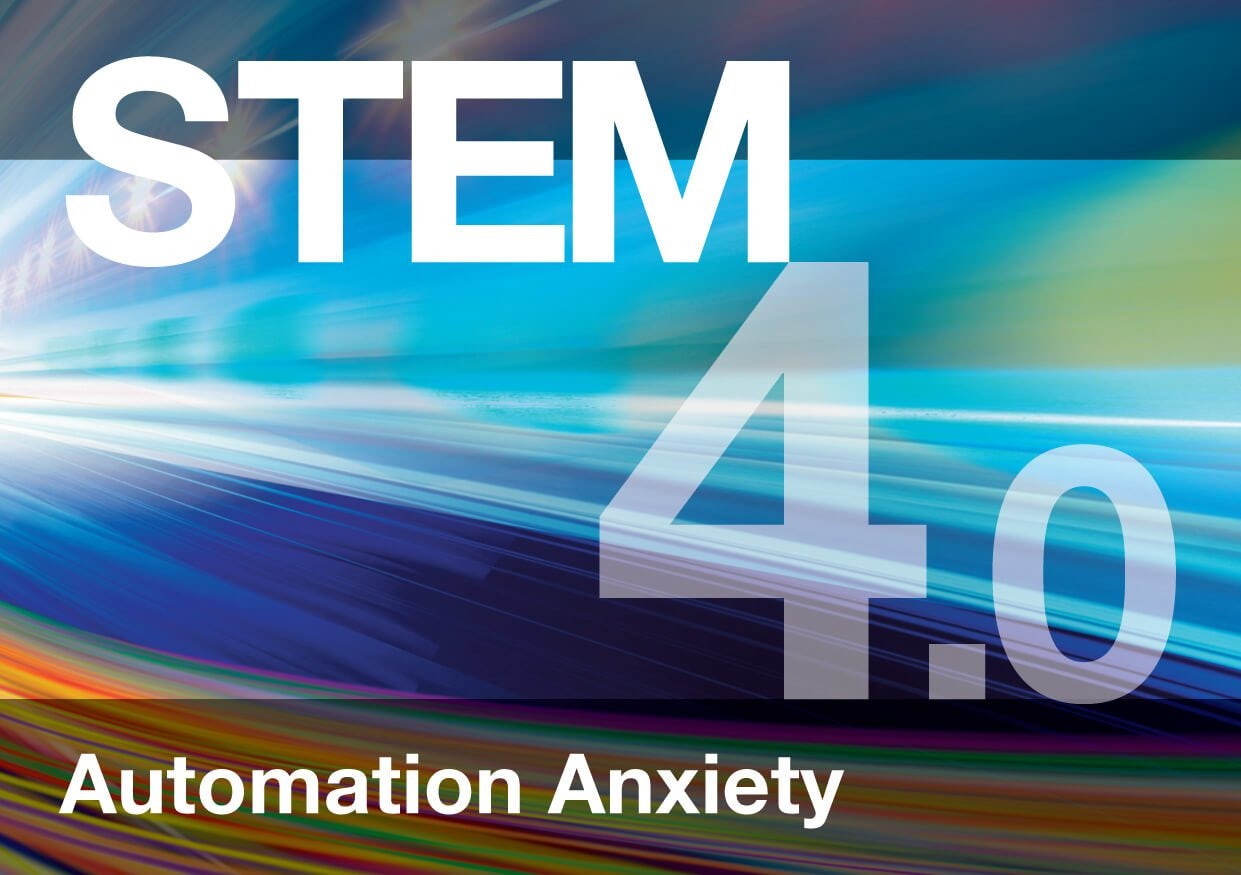Automation Anxiety
As innovation in industrial automation and adoption of IoT-connected supply chains has progressed, so too have anxieties surrounding the threat this poses to the workforce.
Whilst very few authoritative voices can agree on how severe this displacement will be, it is no longer a speculative concern that the coming decades will bring unprecedented levels of job insecurity.
However, while technology with the capacity to replace humans is rapidly developing, so too is technology with the capacity to enable them, or even enhance them, both with potential to substantially offset job losses. This, alongside countless other emerging technologies, could provide a wave of job opportunities, new career paths and specialist progressions. The question is whether there are enough skilled, qualified and experienced people capable of performing them.
In the last decade, the UK government has spent nearly £1 billion on STEM-specific initiatives, primarily aimed at boosting participation and engagement across all stages of education. However, the results have been mixed, with The National Audit Office report ‘Delivering STEM skills for the economy’ finding that while full-time undergraduate enrolment had increased 7% between 2011/2012, there had been a 31% drop in part-time enrolment. Similar inconsistencies were found in the number of apprenticeships starting, which decreased in 2016/17 following 5 years of consistent growth. These results make it difficult to correlate STEM participation with government funding, while highlighting an urgent need to accurately identify barriers to entry, so that more targeted and strategic initiatives may be employed in the future.
STEM participation at an academic level is just one of many hurdles already being addressed. At an industrial level effective employee upskilling, bolstered by innovative occupational training and specialised apprenticeships, is currently being implemented by the likes of Bosch, Siemens and KUKA Robotics, specifically aimed at Industry 4.0 technologies and systems. Not only does this better equip industry leaders to more effectively source, implement, and maintain technology that provides a competitive edge, workforce upskilling and more dedicated training initiatives will play a critical role in offsetting job losses.
Industry 4.0 represents a movement towards increased efficiency through an advantageous and intrinsic relationship between workers and machines. While the impact this will have remains largely uncertain, the preparations of governments, academic institutions and corporations, to ensure a workforce that’s able to work alongside advancements, will undoubtably be amongst the deciding factors.
As with every previous period of technological revolution, the goal now is for humans to keep up with their own inventions.
